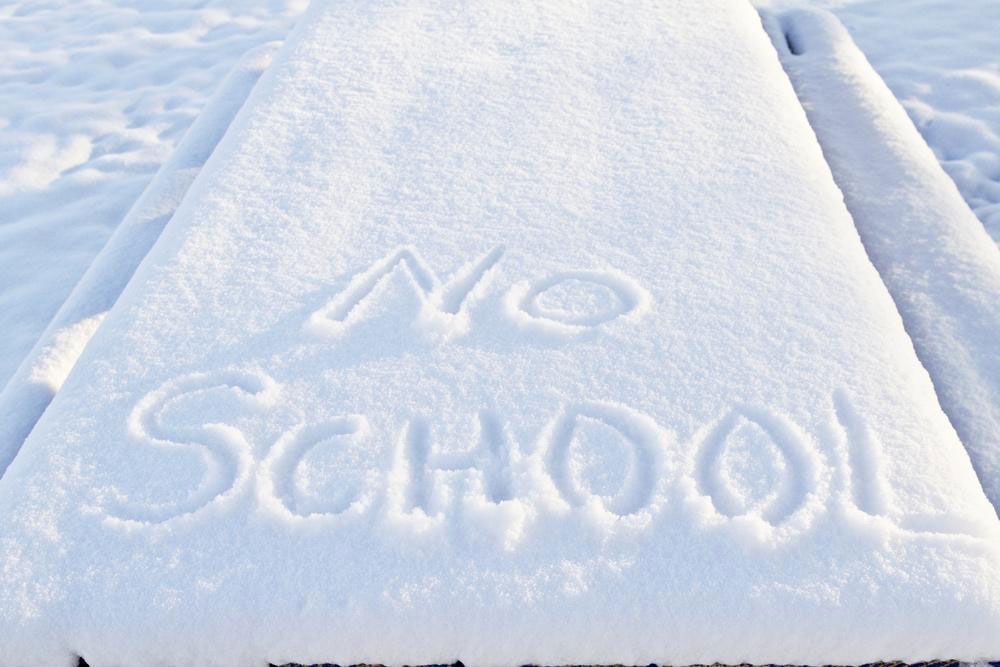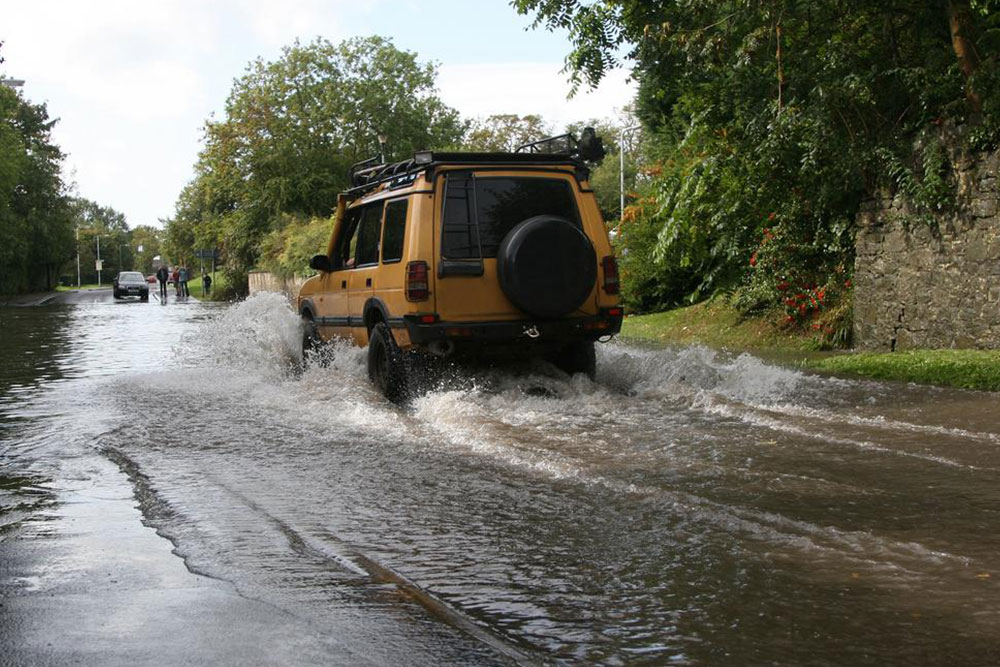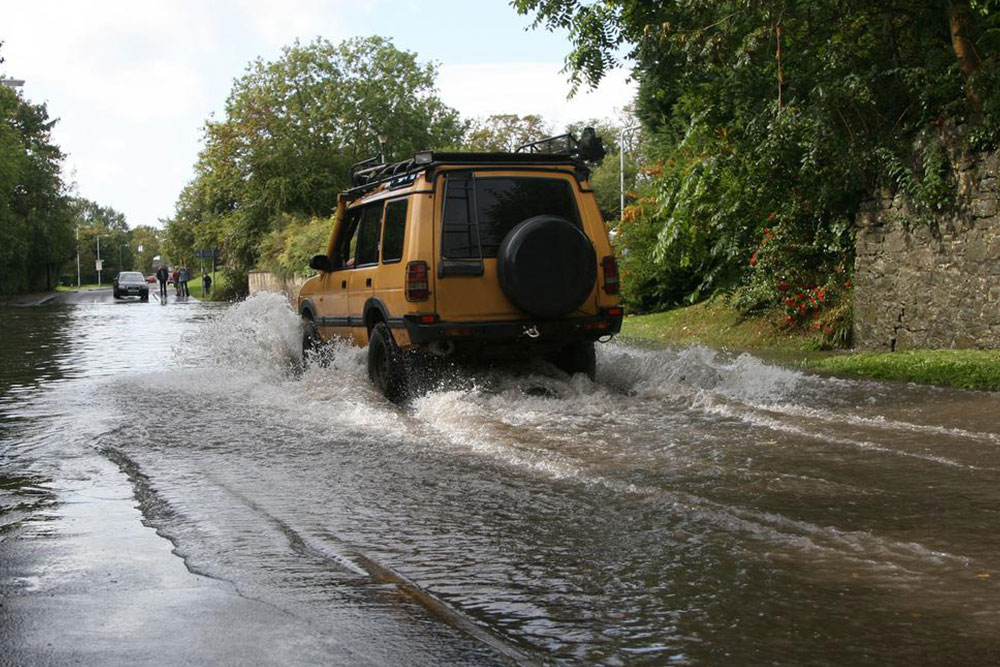Understanding the Major Factors That Lead to School Closures
This comprehensive article explores the primary reasons behind school closures, including weather events, health emergencies, financial struggles, staffing issues, and transportation challenges. It provides detailed insights into how these factors influence temporary and permanent shutdowns, offering valuable information for parents, educators, and policymakers to better understand and respond to such disruptions. Understanding these causes enables communities to prepare effectively and minimize the impact of closures on students' education and well-being.

Understanding the Major Factors That Lead to School Closures
An In-Depth Look at the Common Causes of School Shutdowns
In recent years, the phenomenon of school closures has become increasingly prominent worldwide. These closures can have profound impacts on students, teachers, parents, and communities. Though often viewed through a negative lens, understanding the root causes behind school shutdowns provides valuable insights into the challenges faced by educational institutions. From natural disasters to health crises, financial struggles, and staffing shortages, multiple factors contribute to the decision to close a school either temporarily or permanently. This comprehensive overview explores each of these reasons in detail, shedding light on the complexities behind school closures.
Various circumstances prompt the closure of schools. These circumstances include severe weather events, health emergencies, financial difficulties, staffing issues, and transportation challenges. The duration of closure varies depending on the severity and nature of the problem. For example, weather-related or health-related closures tend to be temporary, with schools reopening once conditions improve, while financial crises or staffing shortages can lead to more prolonged or permanent shutdowns. Understanding these causes helps stakeholders better prepare and respond to potential disruptions.
Key Causes of School Closures
Adverse Weather Conditions
Unpredictable and severe weather events such as storms, heavy snowfall, hurricanes, or flooding can force schools to close temporarily. The primary concern is safety—protecting students, staff, and visitors from dangerous travel or hazardous environments. During such events, schools often suspend classes until weather conditions subside, ensuring that everyone can return safely. This temporary halt prevents accidents and injuries, and maintains the safety standards expected by educators and families alike. Nonetheless, prolonged weather disruptions can impact academic schedules and extracurricular activities.
Health Emergencies and Pandemics
Outbreaks of contagious illnesses, such as influenza, COVID-19, or other infectious diseases, often lead to school closures. These measures are crucial to curbing the spread of illness within educational settings and safeguarding the health of students, teachers, and staff. During health crises, authorities may implement temporary closures, remote learning protocols, or even completely shut down schools until the situation is under control. The COVID-19 pandemic, in particular, highlighted how health emergencies could significantly disrupt educational routines on a global scale.
Financial Difficulties
Financial instability remains a significant factor behind school closures. Schools require steady funding to maintain operations, pay staff, and provide resources necessary for quality education. When budgets are cut, or revenue diminishes—due to economic downturns, declining enrollments, or mismanagement—schools may face insolvency. In extreme cases, insufficient funds lead to layoffs, maintenance cancellations, or outright closures. These financial challenges not only affect the institution's survival but also the educational prospects of countless students.
Staffing Shortages and Management Issues
Effective school operation hinges on having qualified, motivated educators and administrative staff. Recruitment and retention challenges—such as low salaries, burnout, or lack of qualified personnel—can result in staffing shortages that hinder school functioning. If the gaps in staffing are critical and cannot be addressed promptly, schools may opt to close temporarily or permanently. Staffing problems can be compounded by turnover, administrative inefficiencies, or external factors like migration and policy changes.
Transportation and Accessibility Challenges
Schools located in remote, rural, or inaccessible areas often face transportation hurdles. Limited transportation options, poor infrastructure, or restrictions due to emergencies can prevent students from attending school regularly. When access becomes severely limited or unsafe, schools may close for extended periods until transportation issues are resolved. These logistical challenges directly impact attendance rates and educational delivery, especially in underserved communities.
While these causes represent some of the most common reasons for school closures, other factors may also contribute, such as facility damage from natural disasters, administrative decisions, or policy changes. Recognizing these factors enables communities, policymakers, and school administrators to develop better contingency plans, mitigation strategies, and support systems. Staying informed and prepared can help mitigate the adverse effects of such disruptions on students' academics and well-being.





